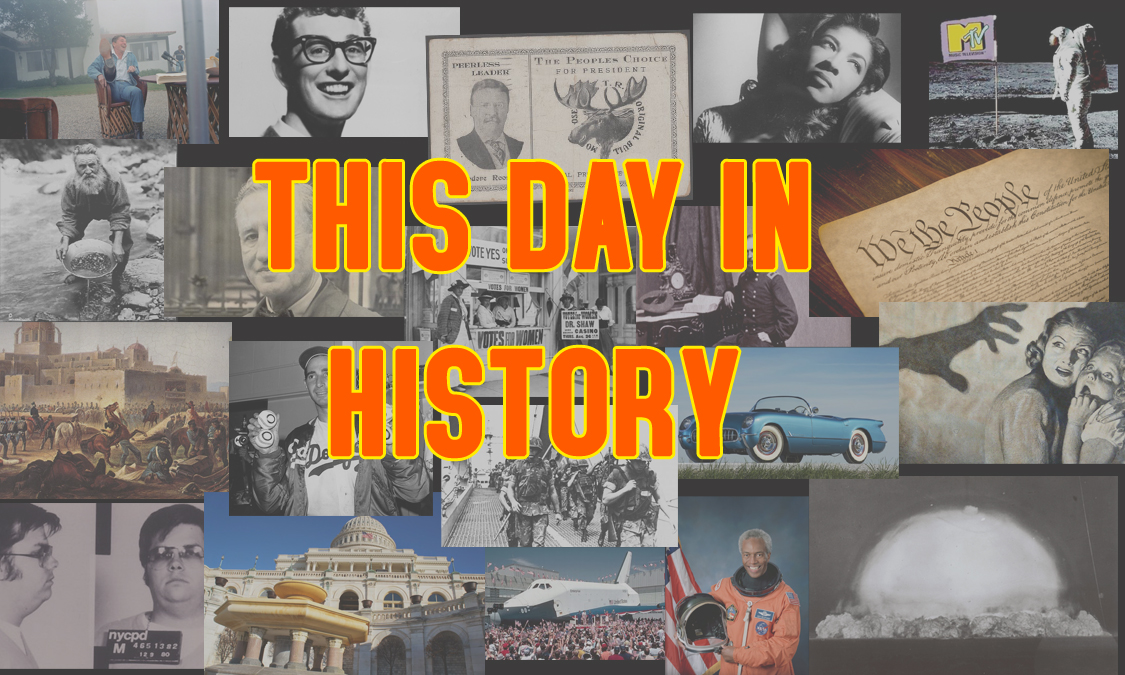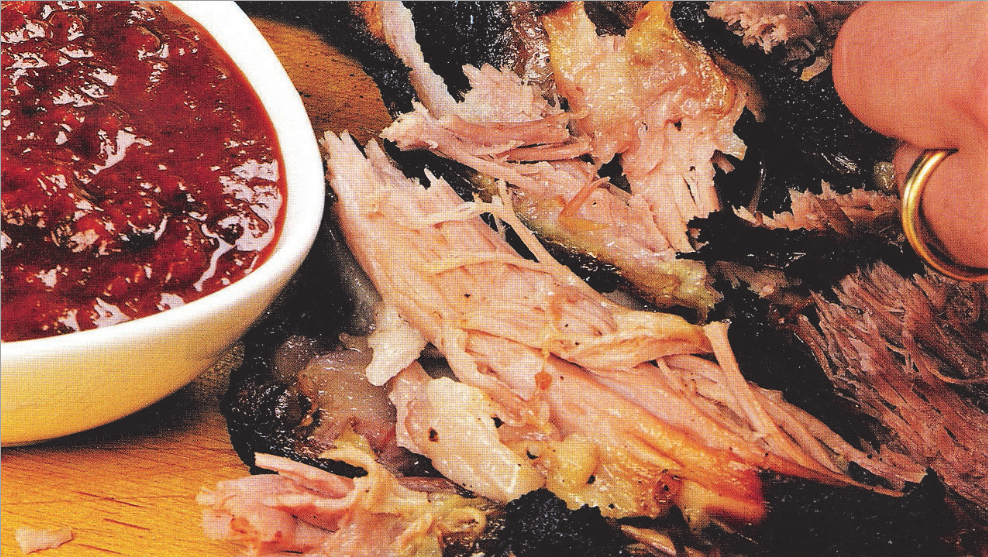This Day In History
Hillary and Tenzing reach Everest summit
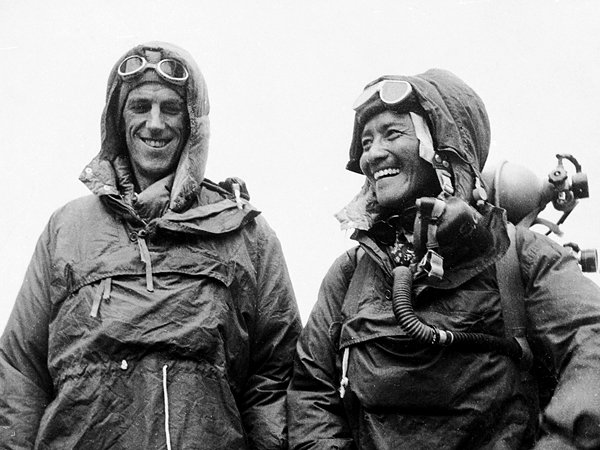
The first recorded attempt to climb Everest was made in 1921 by a British expedition that trekked 400 difficult miles across the Tibetan plateau to the foot of the great mountain. A raging storm forced them to abort their ascent, but the mountaineers, among them George Leigh Mallory, had seen what appeared to be a feasible route up the peak. It was Mallory who quipped when later asked by a journalist why he wanted to climb Everest, “Because it’s there.”
A second British expedition, featuring Mallory, returned in 1922, and climbers George Finch and Geoffrey Bruce reached an impressive height of more than 27,000 feet. In another attempt made by Mallory that year, seven Sherpa porters were killed in an avalanche. (The Sherpas, native to the Khumbu region, have long played an essential support role in Himalayan climbs and treks because of their strength and ability to endure the high altitudes.) In 1924, a third Everest expedition was launched by the British, and climber Edward Norton reached an elevation of 28,128 feet, 900 vertical feet short of the summit, without using artificial oxygen. Four days later, Mallory and Andrew Irvine launched a summit assault and were never seen alive again. In 1999, Mallory’s largely preserved body was found high on Everest–he had suffered numerous broken bones in a fall. Whether or not he or Irvine reached the summit remains a mystery.
Several more unsuccessful summit attempts were made via Tibet’s Northeast Ridge route, and after World War II Tibet was closed to foreigners. In 1949, Nepal opened its door to the outside world, and in 1950 and 1951 British expeditions made exploratory climbs up the Southeast Ridge route. In 1952, a Swiss expedition navigated the treacherous Khumbu Icefall in the first real summit attempt. Two climbers, Raymond Lambert and Tenzing Norgay, reached 28,210 feet, just below the South Summit, but had to turn back for want of supplies.
Shocked by the near-success of the Swiss expedition, a large British expedition was organized for 1953 under the command of Colonel John Hunt. In addition to the best British climbers and such highly experienced Sherpas as Tenzing Norgay, the expedition enlisted talent from the British Commonwealth, such as New Zealanders George Lowe and Edmund Hillary, the latter of whom worked as a beekeeper when not climbing mountains. Members of the expedition were equipped with specially insulated boots and clothing, portable radio equipment, and open- and closed-circuit oxygen systems.
Setting up a series of camps, the expedition pushed its way up the mountain in April and May 1953. A new passage was forged through the Khumbu Icefall, and the climbers made their way up the Western Cwm, across the Lhotse Face, and to the South Col, at about 26,000 feet. On May 26, Charles Evans and Tom Bourdillon launched the first assault on the summit and came within 300 feet of the top of Everest before having to turn back because one of their oxygen sets was malfunctioning.
On May 28, Tenzing and Hillary set out, setting up high camp at 27,900 feet. After a freezing, sleepless night, the pair plodded on, reaching the South Summit by 9 a.m. and a steep rocky step, some 40 feet high, about an hour later. Wedging himself in a crack in the face, Hillary inched himself up what was thereafter known as the Hillary Step. Hillary threw down a rope, and Norgay followed. At about 11:30 a.m., the climbers arrived at the top of the world.
News of the success was rushed by runner from the expedition’s base camp to the radio post at Namche Bazar, and then sent by coded message to London, where Queen Elizabeth II learned of the achievement on June 1, the eve of her coronation. The next day, the news broke around the world. Later that year, Hillary and Hunt were knighted by the queen. Norgay, because he was not a citizen of a Commonwealth nation, received the lesser British Empire Medal.
Since Hillary and Norgay’s historic climb, numerous expeditions have made their way up to Everest’s summit. In 1960, a Chinese expedition was the first to conquer the mountain from the Tibetan side, and in 1963 James Whittaker became the first American to top Everest. In 1975, Tabei Junko of Japan became the first woman to reach the summit. Three years later, Reinhold Messner of Italy and Peter Habeler of Austria achieved what had been previously thought impossible: climbing to the Everest summit without oxygen. Nearly two hundred climbers have died attempting to summit the mountain. A major tragedy occurred in 1996 when eight climbers from various nations died after being caught in a blizzard high on the slopes.
– History.com Staff
This Day In History
Truman announces development of H-bomb

U.S. President Harry S. Truman publicly announces his decision to support the development of the hydrogen bomb, a weapon theorized to be hundreds of times more powerful than the atomic bombs dropped on Japan during World War II.
Five months earlier, the United States had lost its nuclear supremacy when the Soviet Union successfully detonated an atomic bomb at their test site in Kazakhstan. Then, several weeks after that, British and U.S. intelligence came to the staggering conclusion that German-born Klaus Fuchs, a top-ranking scientist in the U.S. nuclear program, was a spy for the Soviet Union. These two events, and the fact that the Soviets now knew everything that the Americans did about how to build a hydrogen bomb, led Truman to approve massive funding for the superpower race to complete the world’s first “superbomb,” as he described it in his public announcement on January 31.
On November 1, 1952, the United States successfully detonated “Mike,” the world’s first hydrogen bomb, on the Eniwetok Atoll in the Pacific Marshall Islands. The 10.4-megaton thermonuclear device, built upon the Teller-Ulam principles of staged radiation implosion, instantly vaporized an entire island and left behind a crater more than a mile wide. The incredible explosive force of Mike was also apparent from the sheer magnitude of its mushroom cloud–within 90 seconds the mushroom cloud climbed to 57,000 feet and entered the stratosphere. One minute later, it reached 108,000 feet, eventually stabilizing at a ceiling of 120,000 feet. Half an hour after the test, the mushroom stretched 60 miles across, with the base of the head joining the stem at 45,000 feet.
Three years later, on November 22, 1955, the Soviet Union detonated its first hydrogen bomb on the same principle of radiation implosion. Both superpowers were now in possession of the “hell bomb,” as it was known by many Americans, and the world lived under the threat of thermonuclear war for the first time in history.
Source: https://www.history.com/this-day-in-history/truman-announces-development-of-h-bomb
This Day In History
Gandhi assassinated
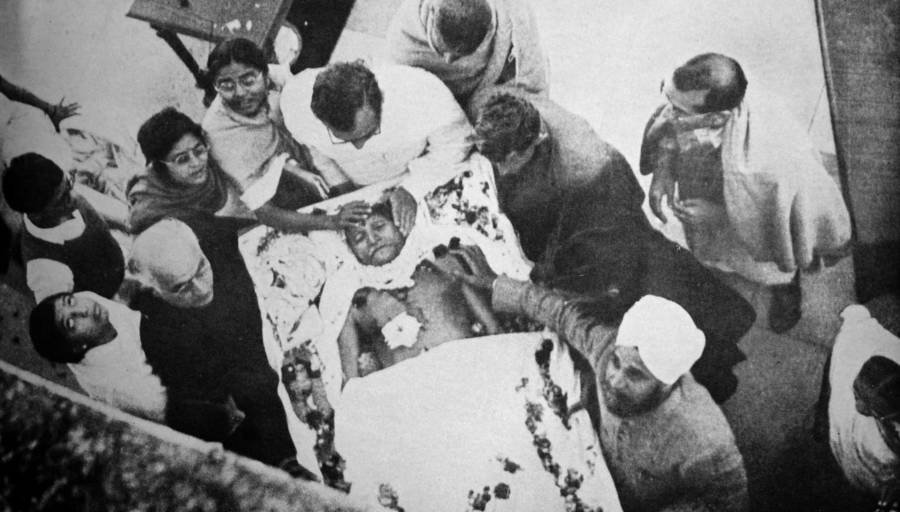
Mohandas Karamchand Gandhi, the political and spiritual leader of the Indian independence movement, is assassinated in New Delhi by a Hindu extremist.
Born the son of an Indian official in 1869, Gandhi’s Vaishnava mother was deeply religious and early on exposed her son to Jainism, a morally rigorous Indian religion that advocated nonviolence. Gandhi was an unremarkable student but in 1888 was given an opportunity to study law in England. In 1891, he returned to India, but failing to find regular legal work he accepted in 1893 a one-year contract in South Africa.
Settling in Natal, he was subjected to racism and South African laws that restricted the rights of Indian laborers. Gandhi later recalled one such incident, in which he was removed from a first-class railway compartment and thrown off a train, as his moment of truth. From thereon, he decided to fight injustice and defend his rights as an Indian and a man. When his contract expired, he spontaneously decided to remain in South Africa and launched a campaign against legislation that would deprive Indians of the right to vote. He formed the Natal Indian Congress and drew international attention to the plight of Indians in South Africa. In 1906, the Transvaal government sought to further restrict the rights of Indians, and Gandhi organized his first campaign of satyagraha, or mass civil disobedience. After seven years of protest, he negotiated a compromise agreement with the South African government.
In 1914, Gandhi returned to India and lived a life of abstinence and spirituality on the periphery of Indian politics. He supported Britain in the First World War but in 1919 launched a new satyagraha in protest of Britain’s mandatory military draft of Indians. Hundreds of thousands answered his call to protest, and by 1920 he was leader of the Indian movement for independence. He reorganized the Indian National Congress as a political force and launched a massive boycott of British goods, services, and institutions in India. Then, in 1922, he abruptly called off the satyagraha when violence erupted. One month later, he was arrested by the British authorities for sedition, found guilty, and imprisoned.
Source: https://www.history.com/this-day-in-history/gandhi-assassinated
This Day In History
U.S. Baseball Hall of Fame elects first members
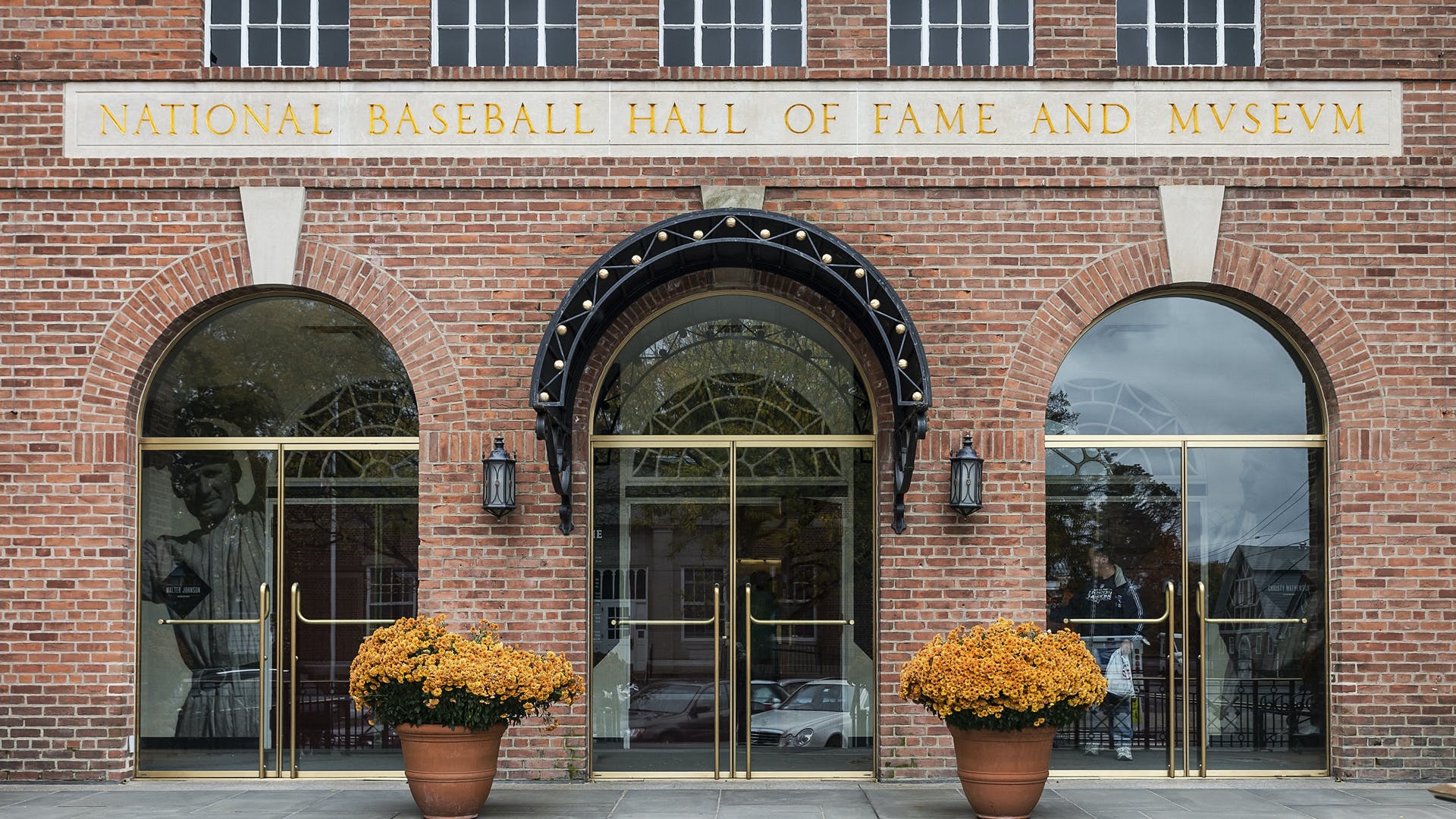
On January 29, 1936, the U.S. Baseball Hall of Fame elects its first members in Cooperstown, New York: Ty Cobb, Babe Ruth, Honus Wagner, Christy Matthewson and Walter Johnson.
The Hall of Fame actually had its beginnings in 1935, when plans were made to build a museum devoted to baseball and its 100-year history. A private organization based in Cooperstown called the Clark Foundation thought that establishing the Baseball Hall of Fame in their city would help to reinvigorate the area’s Depression-ravaged economy by attracting tourists. To help sell the idea, the foundation advanced the idea that U.S. Civil War hero Abner Doubleday invented baseball in Cooperstown. The story proved to be phony, but baseball officials, eager to capitalize on the marketing and publicity potential of a museum to honor the game’s greats, gave their support to the project anyway.
In preparation for the dedication of the Hall of Fame in 1939—thought by many to be the centennial of baseball—the Baseball Writers’ Association of America chose the five greatest superstars of the game as the first class to be inducted: Ty Cobb was the most productive hitter in history; Babe Ruth was both an ace pitcher and the greatest home-run hitter to play the game; Honus Wagner was a versatile star shortstop and batting champion; Christy Matthewson had more wins than any pitcher in National League history; and Walter Johnson was considered one of the most powerful pitchers to ever have taken the mound.
Today, with approximately 350,000 visitors per year, the Hall of Fame continues to be the hub of all things baseball.
Source: https://www.history.com/this-day-in-history/u-s-baseball-hall-of-fame-elects-first-members
-

 NEWS1 year ago
NEWS1 year ago2 hurt, 1 jailed after shooting incident north of Nocona
-

 NEWS5 months ago
NEWS5 months agoSuspect indicted, jailed in Tia Hutson murder
-

 NEWS1 year ago
NEWS1 year agoSO investigating possible murder/suicide
-

 NEWS1 year ago
NEWS1 year agoWreck takes the life of BHS teen, 16
-

 NEWS9 months ago
NEWS9 months agoMurder unsolved – 1 year later Tia Hutson’s family angry, frustrated with no arrest
-

 NEWS12 months ago
NEWS12 months agoSheriff’s office called out to infant’s death
-
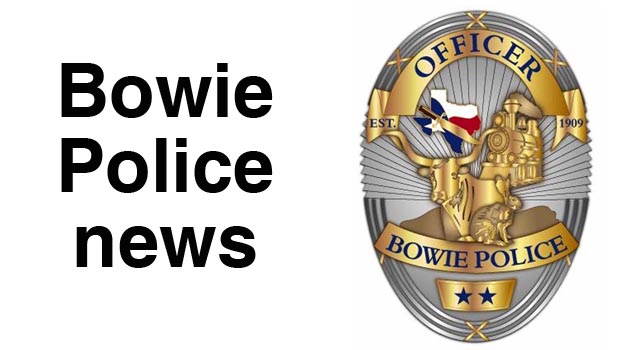
 NEWS1 year ago
NEWS1 year agoBowie Police face three-hour standoff after possible domestic fight
-

 NEWS1 year ago
NEWS1 year agoDriver stopped by a man running into the street, robbed at knifepoint

